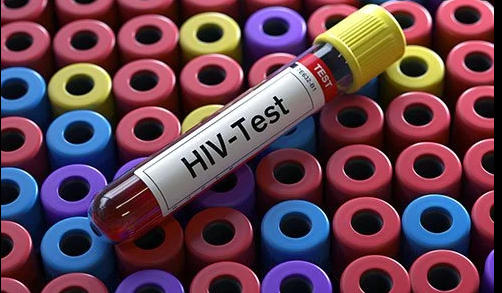Kenya Ranked 3rd Globally In Teen Pregnancies, Average Of 98 Adolescents Infected With HIV Weekly

According to the Ministry of Health, HIV AND AIDS continue to pose a serious threat to the health of adolescents and young people.
New HIV infections and teen pregnancies are on the rise, according to statistics from the Ministry and the National Aids Control Council (NACC).
“Kenya has the 3rd highest teen pregnancies worldwide where one in every five adolescents aged 15 -19 are already mothers or pregnant with their first child,” said Health PS Susan Mochache.
Out of the more than 317,000 pregnancies in Kenya in 2017, just about 67,000 were adolescent pregnancies. Most of the adolescent pregnancies involved girls between the ages of 10 and 19.
“We deliver about 12000 women every month and out of this, 10% are mothers between 10-19 years… in the last one year, we have seen almost 6,000 teen pregnancies in Nairobi and 50% of them end up being HIV positive,” Dr. Ouma Oluga noted.
56 percent of all teenage pregnancies among teenagers aged 10 to 14 were in nine counties: Nairobi, Kajiado, Homabay, Meru, Kericho, Narok, Kisii, Mandera, and Bomet.
While Kenya makes progress toward its goal of eliminating AIDS among adolescent girls and young women as a public health issue by 2030, the nation still faces a ticking time bomb caused by the high rate of HIV infection among women who are fertile.
By 2021, 53 percent of all occurrences of sexual gender-based violence would involve adolescents aged 10 to 19.
61 percent of all new adult HIV infections occur among adolescents and young adults between the ages of 15 and 29.
A total of 13 counties, including Kisumu, Kisii, Narok, Nandi, Laikipia, and Tana River, were responsible for 72% of all new infections.
Teenage pregnancy continues to be a glaring example of unprotected sex that poses risks in addition to pregnancy. As of 2021, there are more than 1.4 million HIV-positive people in Kenya. Over 78,000 of the infected people were children ages 0 to 4, and adolescent girls and young women were particularly vulnerable because of poverty, a lack of educational prospects, and a lack of employment options.
As a result of the frightening scenario, the Ministry has started a new nationwide campaign called “End the Tripple Threat” through the National Aids Control Council to address the three main problems that young and adolescent people face.

 The Road to Victory: President Ruto’s Triumph in the August 2022 General Election
The Road to Victory: President Ruto’s Triumph in the August 2022 General Election  Finance Bill 2023- The Benefits
Finance Bill 2023- The Benefits  How Small Businesses Can Use AI to Increase Sales In Kenya
How Small Businesses Can Use AI to Increase Sales In Kenya  Not Today; Matiang’i’s Lawyer Says His Client Will Not Appear Before DCI Today
Not Today; Matiang’i’s Lawyer Says His Client Will Not Appear Before DCI Today  Senator Onyonka Urges President Ruto To Be Careful On How He Handles Matiang’i’s Case
Senator Onyonka Urges President Ruto To Be Careful On How He Handles Matiang’i’s Case  Form One Student Beaten To Death By Teachers Over Alleged Physics Exam Cheating
Form One Student Beaten To Death By Teachers Over Alleged Physics Exam Cheating